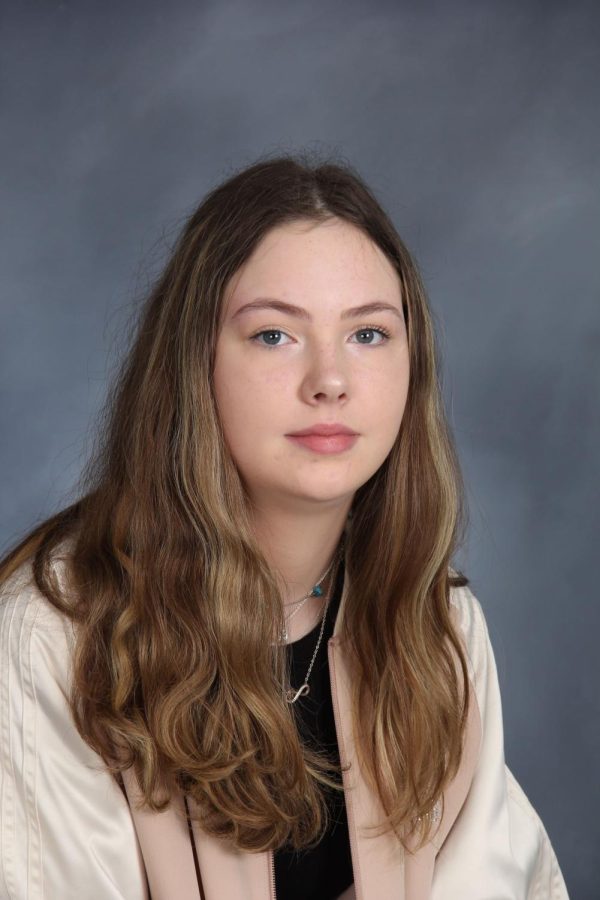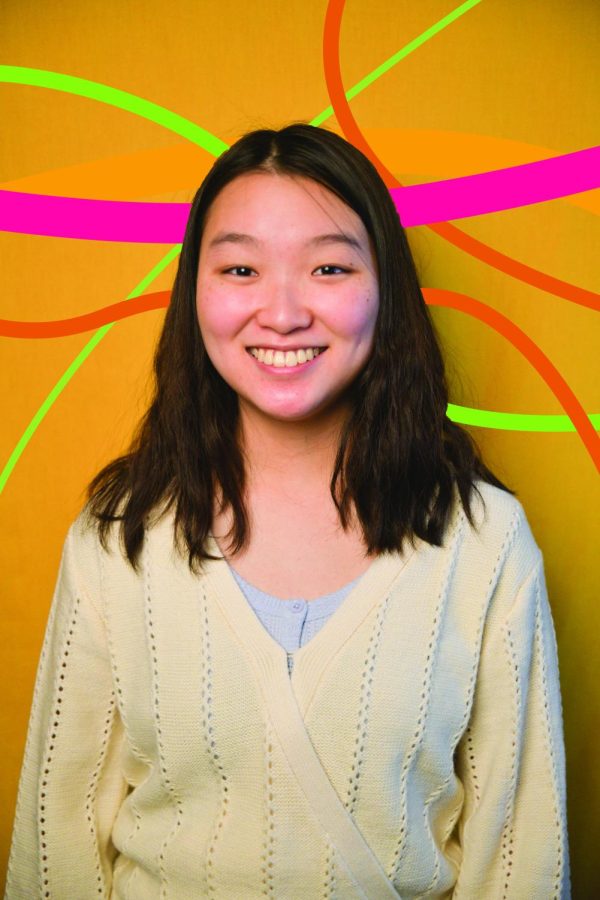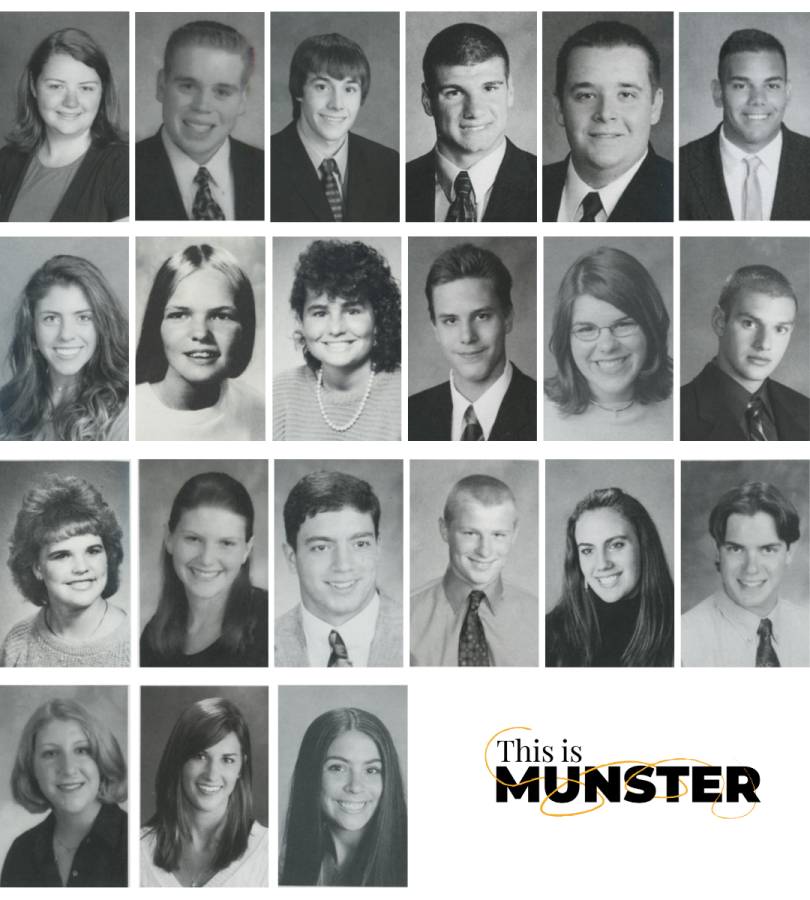After attending sessions at the JEA/NSPA National Convention in Philadelphia Nov. 7-10, Crier reflects on the importance of ethics, posing the question: how are ethics utilized throughout our publications? It’s not a question that ethics are necessary to run a trustworthy publication. Though, with recent invasions of privacy following the tragic death of singer Liam Payne and circulation of political misinformation, the integrity of the media has been questioned. The Society of Professional Journalists widely encourages all media to use point of reference, the four pillars of code of ethics.
Seek truth and report it.
When journalists begin to gather and report information, elements of honesty and courageousness play a role for accurate and fair ethical journalism. In Crier, staffers check thoroughly with any information within each story before publishing to inform the student body honesty.
“The fact that we are not filtered by faculty makes it so critical to report honest and valuable information,” senior editor-in-chief Emily Dywan said. “There has to be some sort of outlet of honesty that sheds light on topics whether it is political policies or different cultures.”
Minimize harm.
Sources within a story or colleagues of journalists are treated with much respect to lessen any harm. Crier ensures that each and every person in the building is valued and supported.
“We are just one in a bunch of faces of students who are all trying to live our lives at the end of the day,” senior web designer Emma Starkey said. “So, just having a little respect does not hurt anyone.”
Act independently.
The primary obligation toward ethical journalism is serving the public. For Munster High School, Crier serves as a resource for the student body.
“It is important to not be biased towards a certain topic, like ideology or view on things,” junior social media manager Josephine Zangrilli said. “We seek to tell the truth on things and not spread an opinion or propaganda.”
Be accountable and transparent.
By taking responsibility for one’s work or giving an explanation for one’s decision brings ethical journalism into play. To take accountability for mistakes, Crier adds corrections every issue to the news page.
“Corrections is something that not a lot of professional news organizations always do, but it is very valuable,” publications adviser Alexandra Sulewski said.
A simple and helpful way to remember each of the key components is using the TUFF formula: Truth, Unbiased, Full and Fair. In the case of Hazelwood v. Kuhlmeier, Cathy Kuhlmeier reported ethically on a pregnancy issue within the school district for The Spectrum newspaper. Names were changed to protect identity along with having the sources sign a paper to make sure the information is accurate.
“Those are the reasons we do good journalism and try to help other people,” Kuhlmeier said. “I encourage you to always do that and be kind, because you never really know what someone else is walking through.”








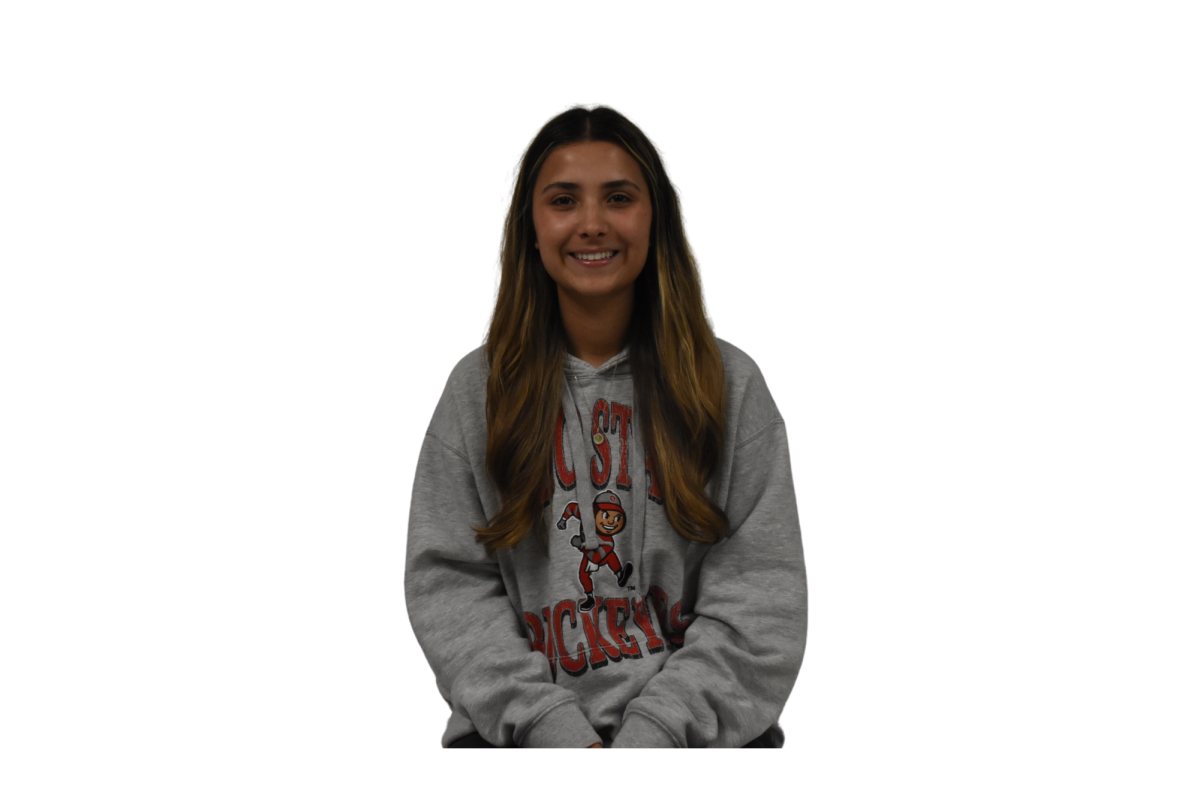

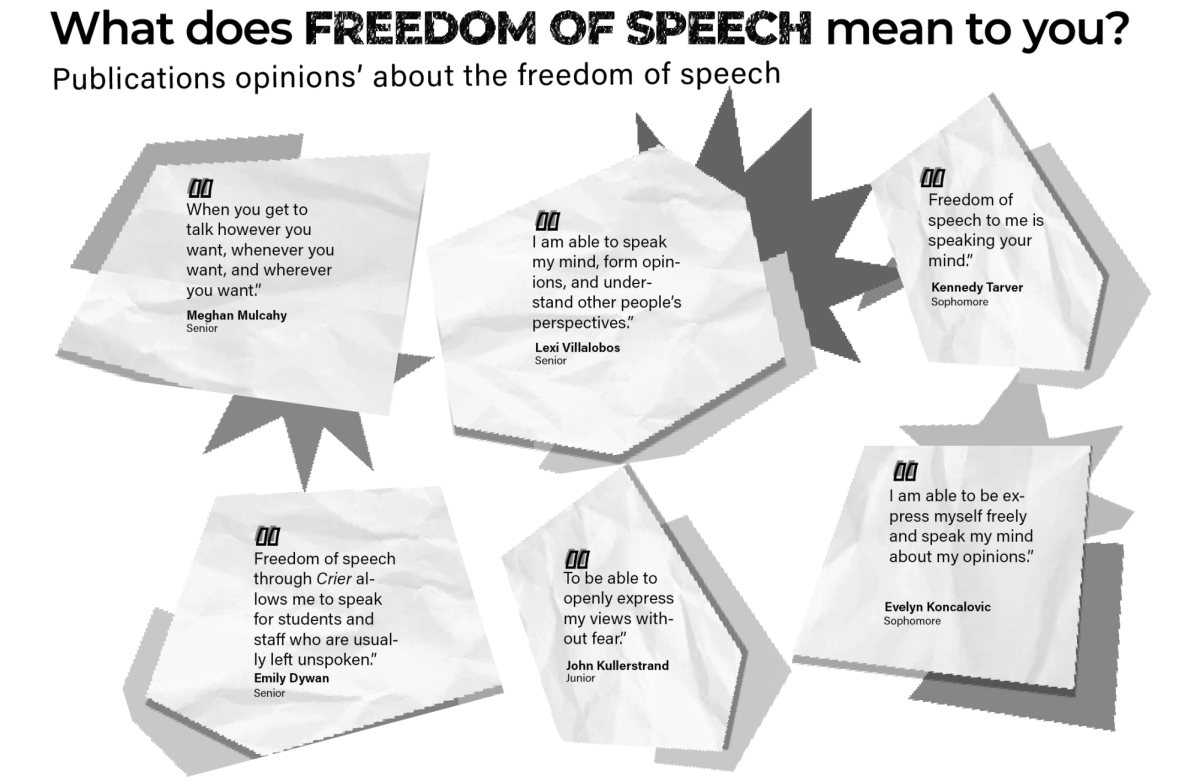


















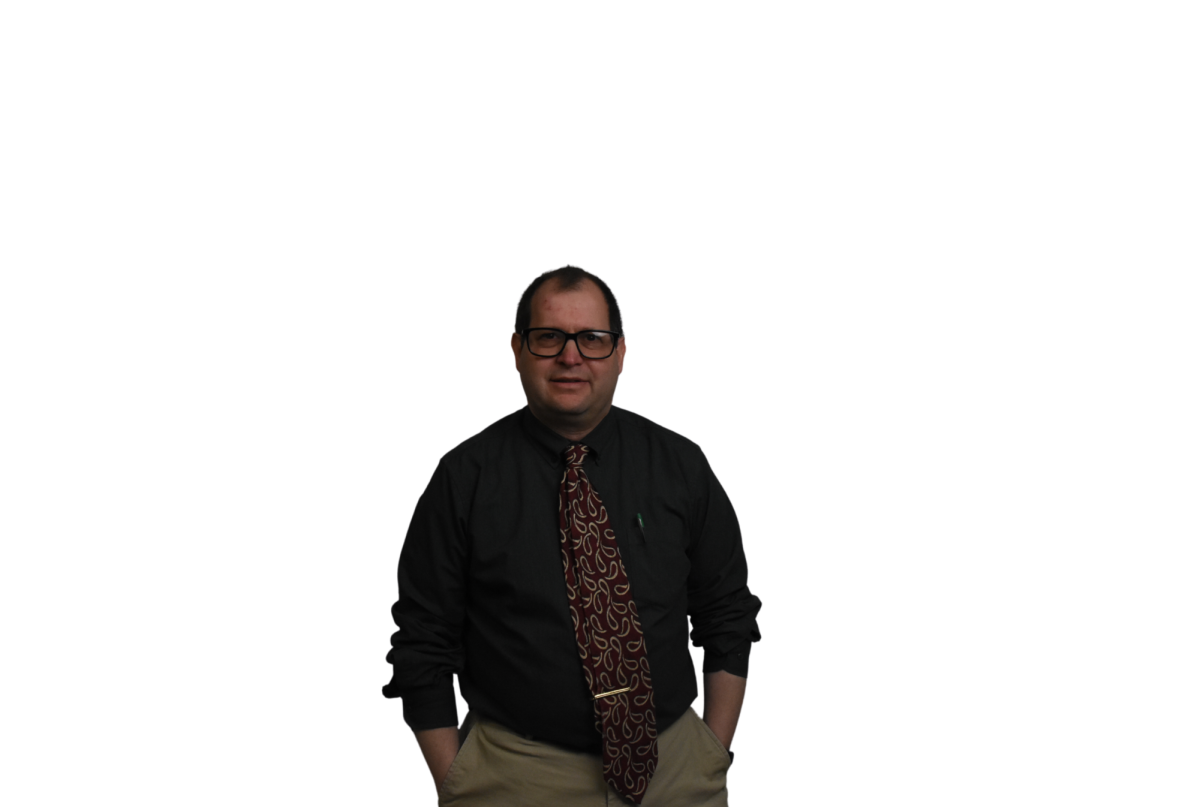

![SNAP HAPPY Recording on a GoPro for social media, senior Sam Mellon has recently started a weekly sports podcast. “[Senior] Brendan Feeney and I have been talking about doing a sports podcast forever. We love talking about sports and we just grabbed [senior] Will Hanas and went along with it,” Mellon said.](https://mhsnews.net/wp-content/uploads/2025/04/sam-892x1200.png)











